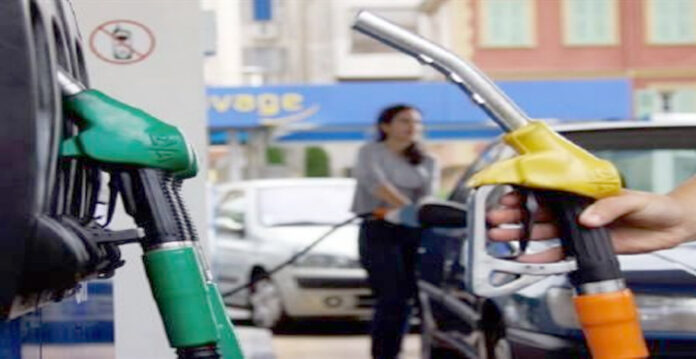Fuel prices in India could see a reduction after October 5, 2024, according to a report by CLSA, which bases its projections on recent comments made by Pankaj Jain, Secretary of the Ministry of Petroleum and Natural Gas. The possibility of a price cut comes after Jain suggested last month that oil marketing companies (OMCs) may consider reducing petrol and diesel prices if international crude prices remain low for an extended period.
India’s petrol and diesel prices have remained unchanged since March 2024. Jain’s earlier comments indicated that state-run OMCs, such as Indian Oil Corporation (IOC), Bharat Petroleum Corporation (BPCL), and Hindustan Petroleum Corporation (HPCL), could review and potentially lower fuel prices if global crude oil prices continue to drop. This speculation has grown stronger as international oil prices have recently witnessed a significant decline.
On Wednesday, Brent crude oil was priced at $74.15 per barrel, and the West Texas Intermediate (WTI) benchmark was at $71.16 per barrel, a sharp reduction compared to earlier in the year. The CLSA report indicates that the decline in crude prices is favorable for Indian OMCs, as it could lower their input costs, but it also makes them vulnerable if a fuel price cut coincides with an increase in excise duty.
Also Read: Oil Minister rules out cut in fuel prices
CLSA also noted that political factors could influence the timing and scale of a fuel price cut. With the Maharashtra state elections expected to take place in early November, fuel prices may become a key issue. The BJP-led alliance could lower fuel prices as a populist measure to garner voter support. The final election dates are expected to be announced by mid-October.
While a fuel price reduction is anticipated, the CLSA report also suggests that the Central government may simultaneously raise excise duty on petrol and diesel. Currently, the Centre imposes an excise duty of Rs 19.8 per litre on petrol and Rs 15.8 per litre on diesel. Though this is 40-50% lower than the 2021 peak, any increase in excise duty could offset the benefit of lower retail prices.
According to CLSA, for every rupee hike in excise duty, the government would collect an additional Rs 16,500 crore annually from petrol sales and Rs 5,600 crore from diesel sales. This would provide a substantial boost to government revenue, potentially helping offset fiscal deficits.
Despite the potential for a price cut, Indian OMCs could face challenges due to the combination of rate reductions and a possible excise duty hike. While lower crude prices improve their margins, any changes in retail prices or increased government levies could squeeze profits for companies like IOC, BPCL, and HPCL.
As of Wednesday, in the national capital Delhi, petrol was priced at Rs 94.72 per litre, while diesel stood at Rs 87.62 per litre. If international crude prices remain low, and a reduction in retail fuel prices occurs, Indian consumers could see some relief at the pump after October 5.
In the coming weeks, the government’s decision on excise duty and retail prices will likely become clearer as state elections approach, with potential economic and political implications for both the fuel market and consumer spending.
(This story is sourced from a third-party syndicated feed. Raavi Media takes no responsibility or liability of any nature. Raavi Media management/ythisnews.com can alter or delete the content without notice for any reason.)


